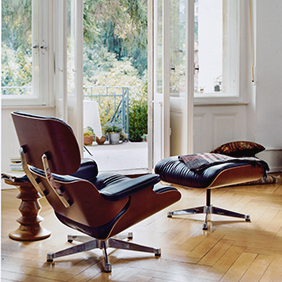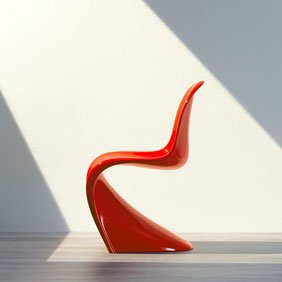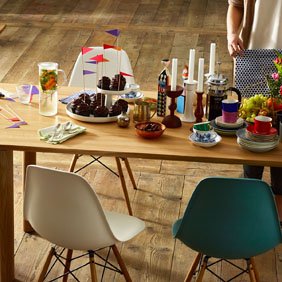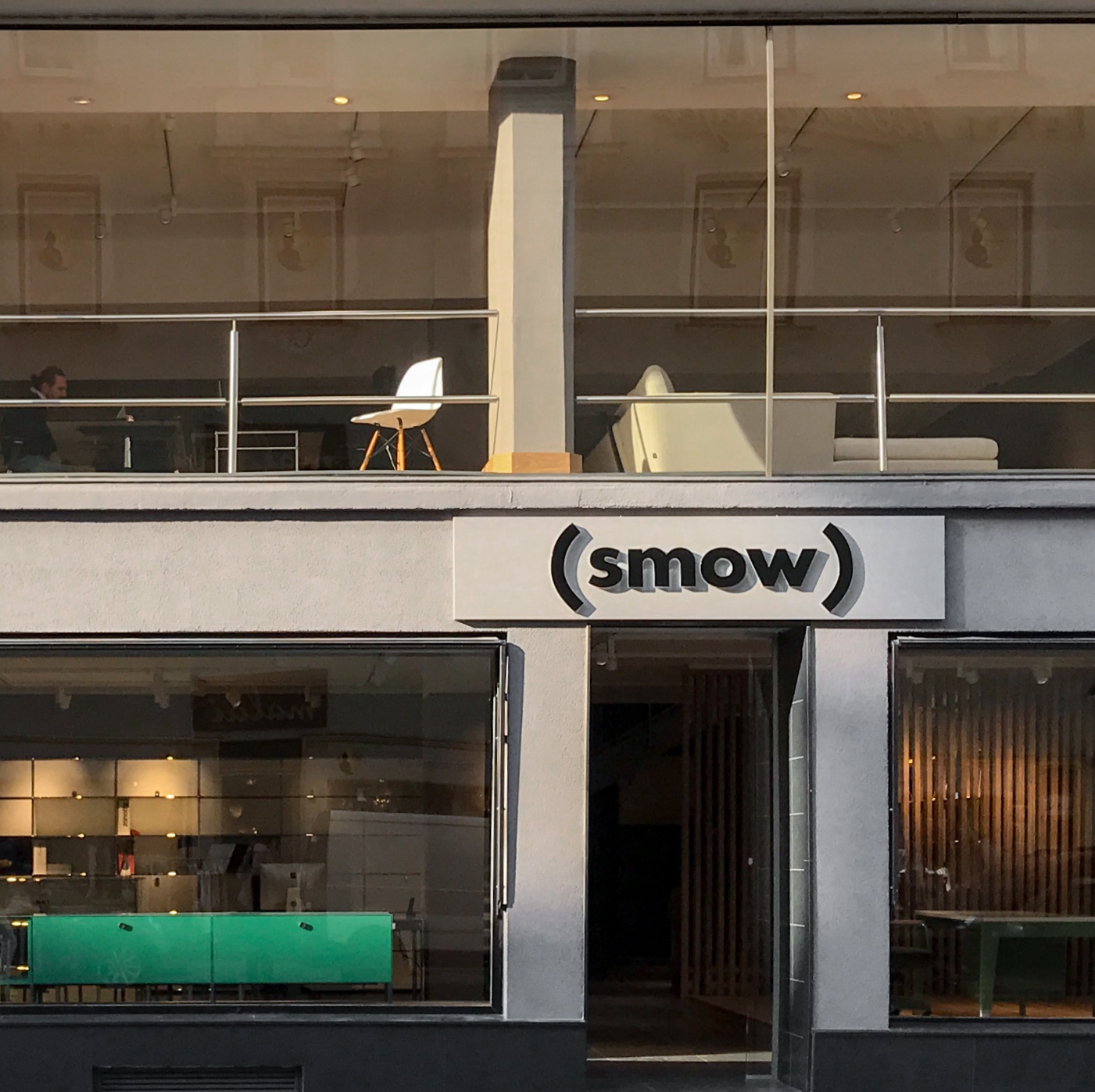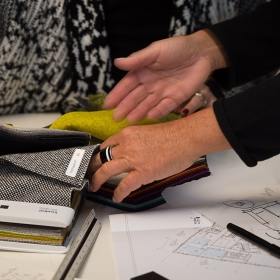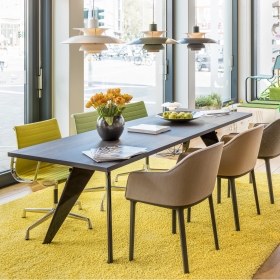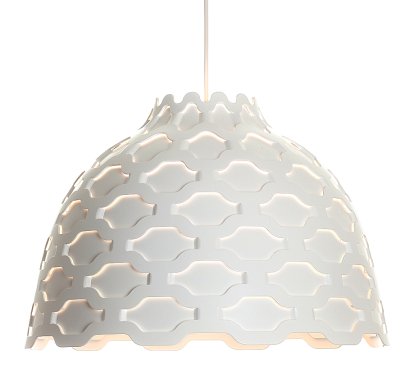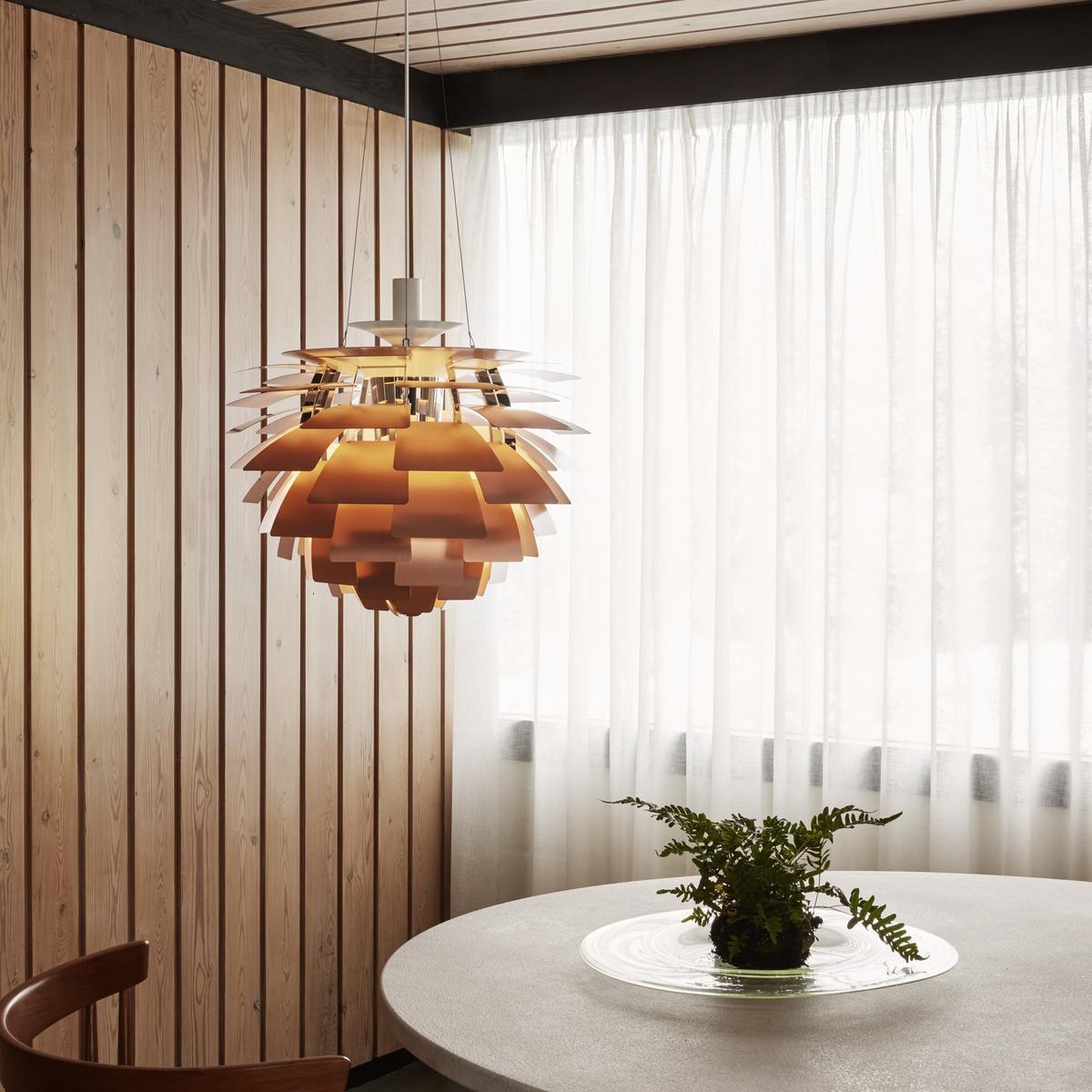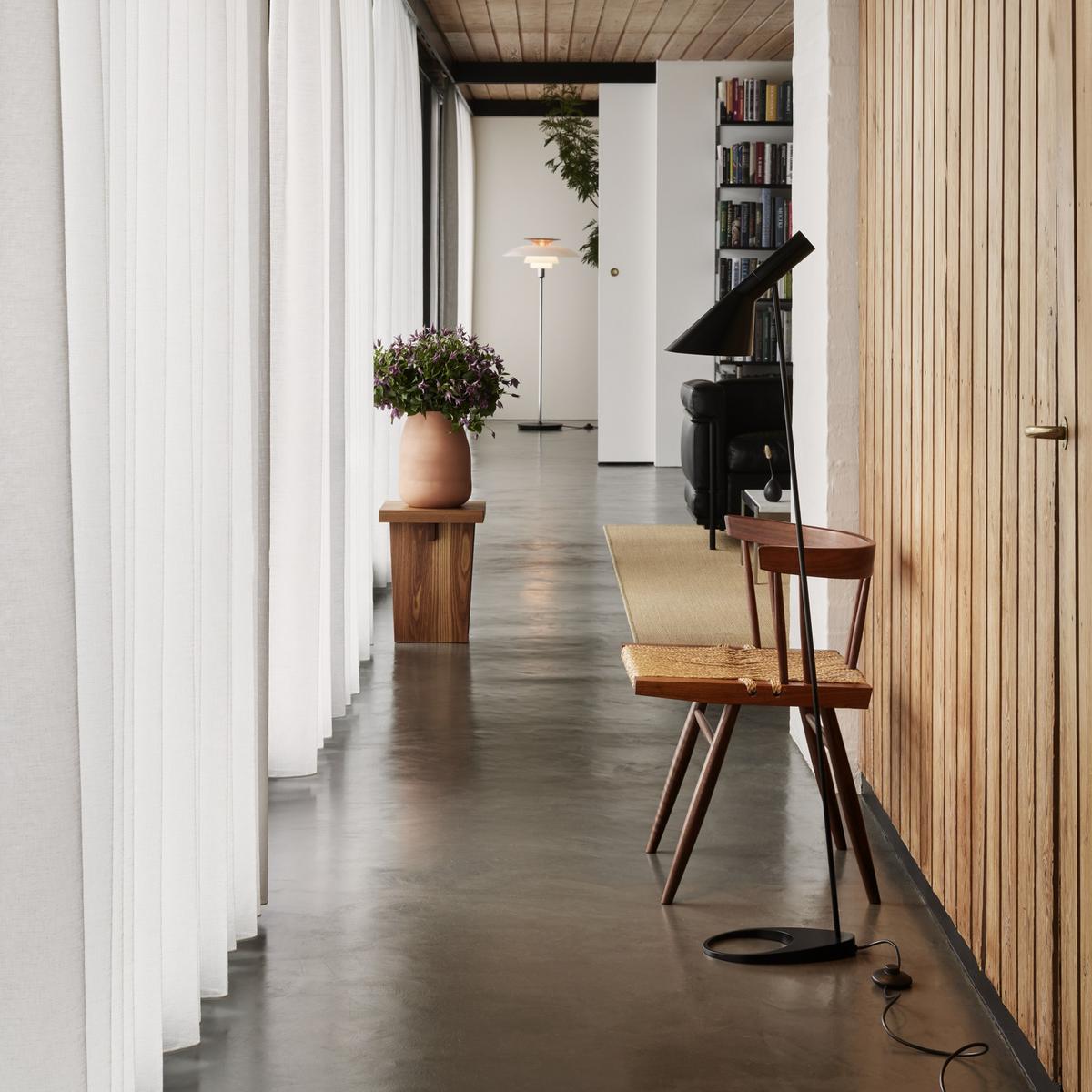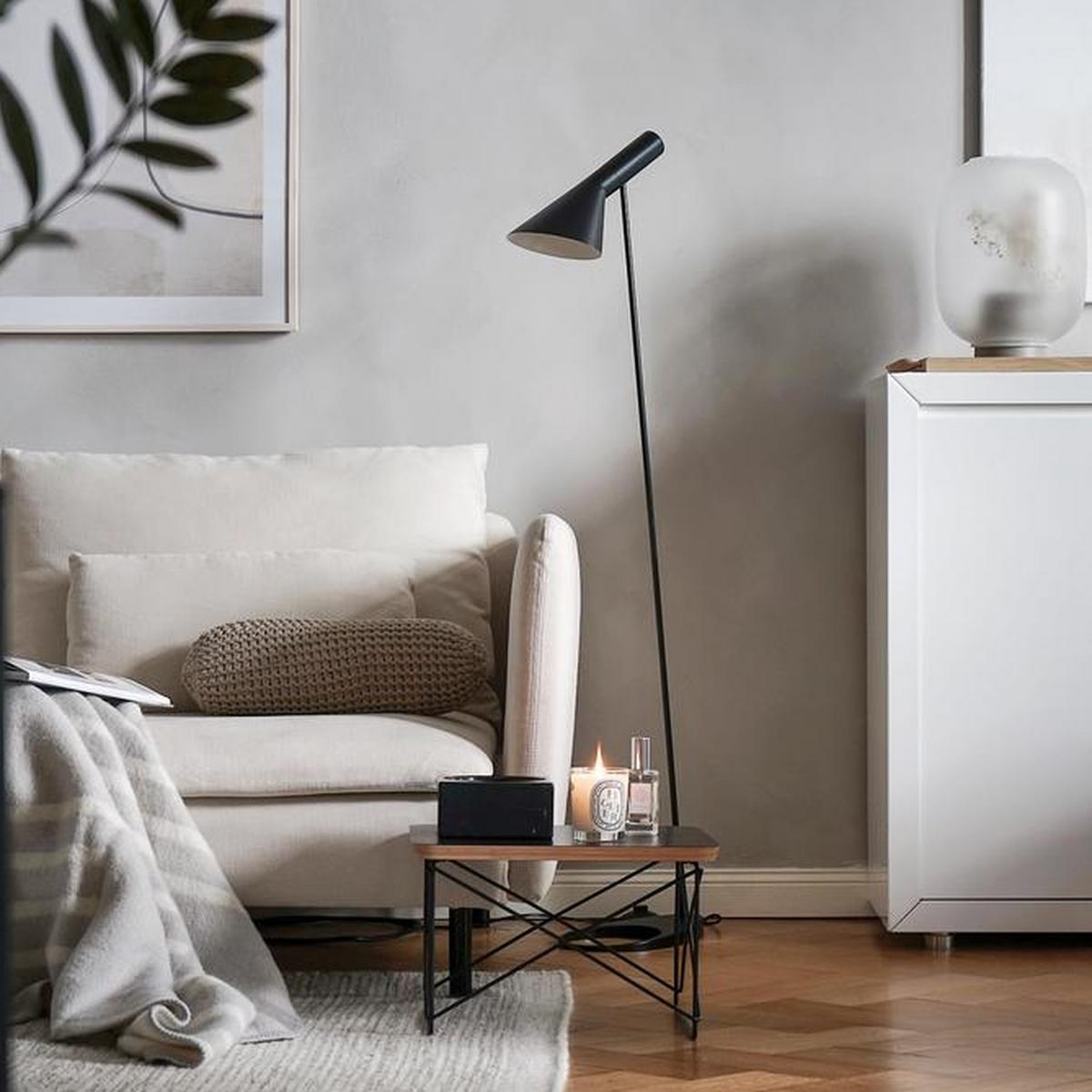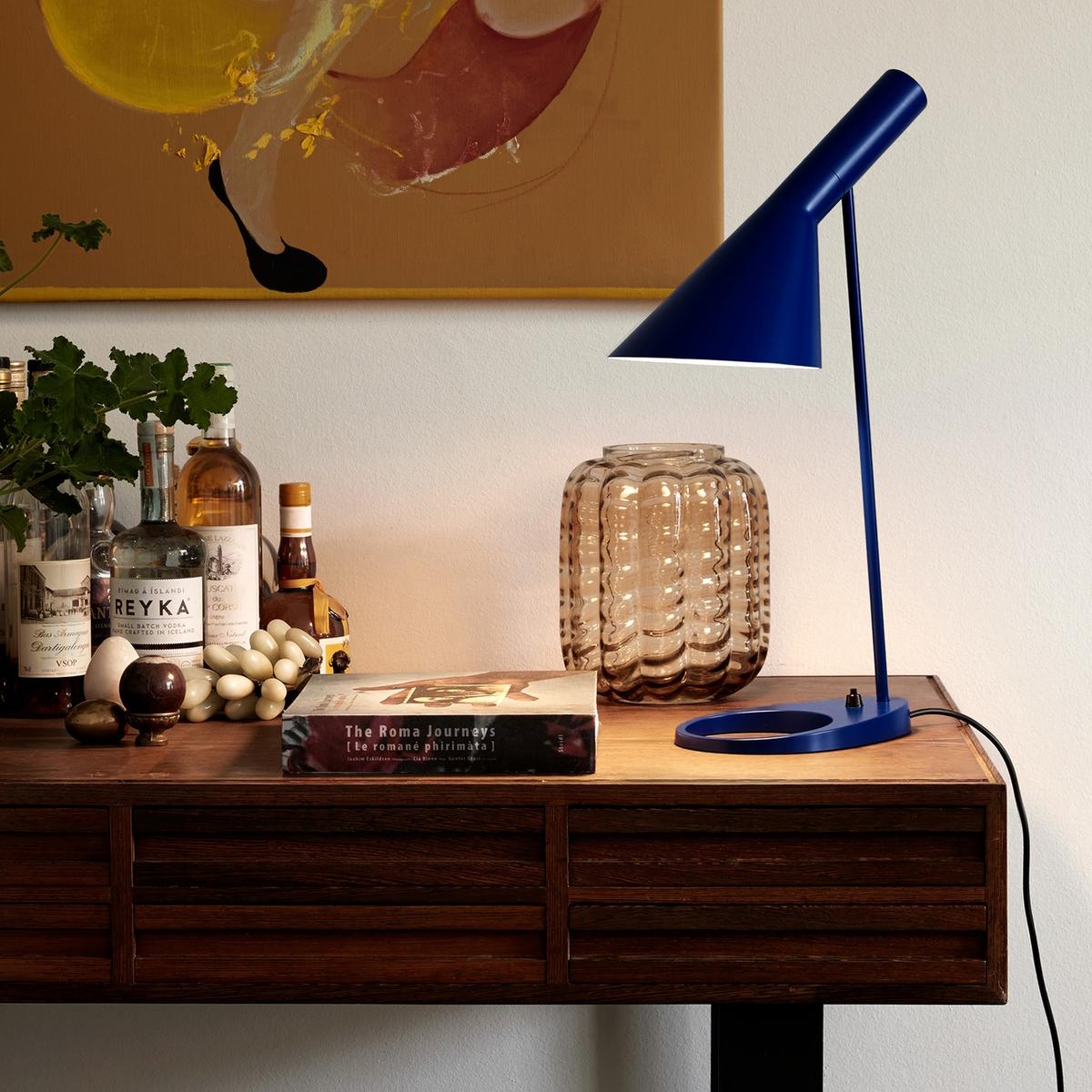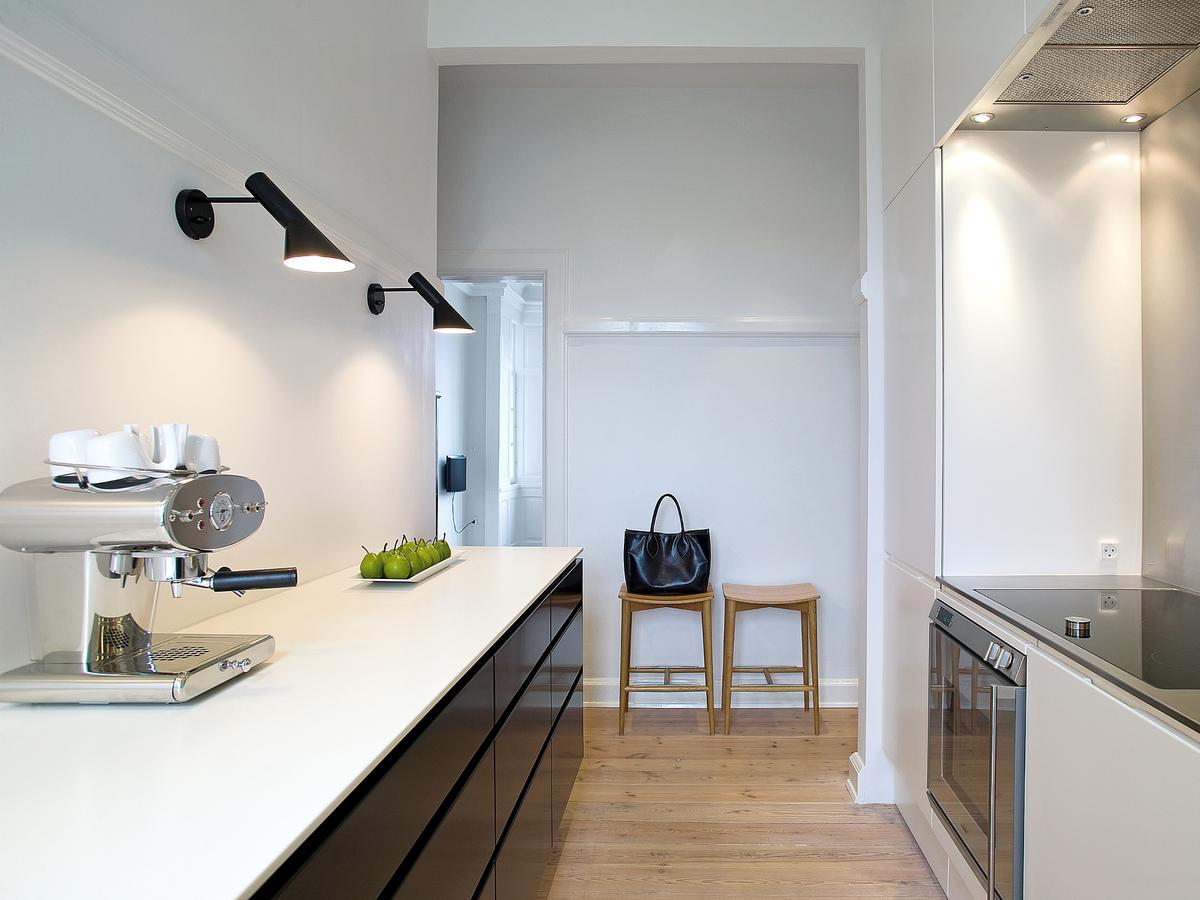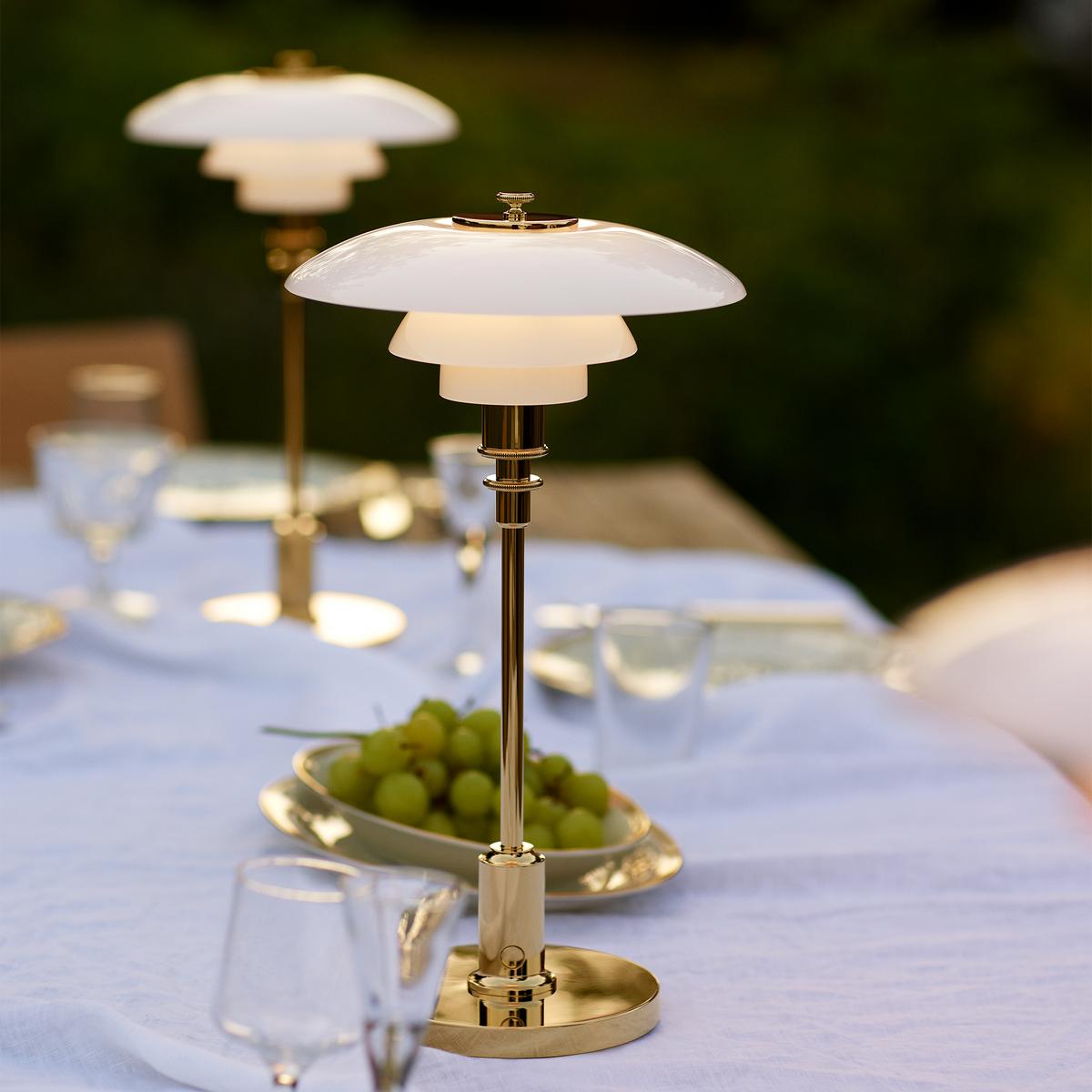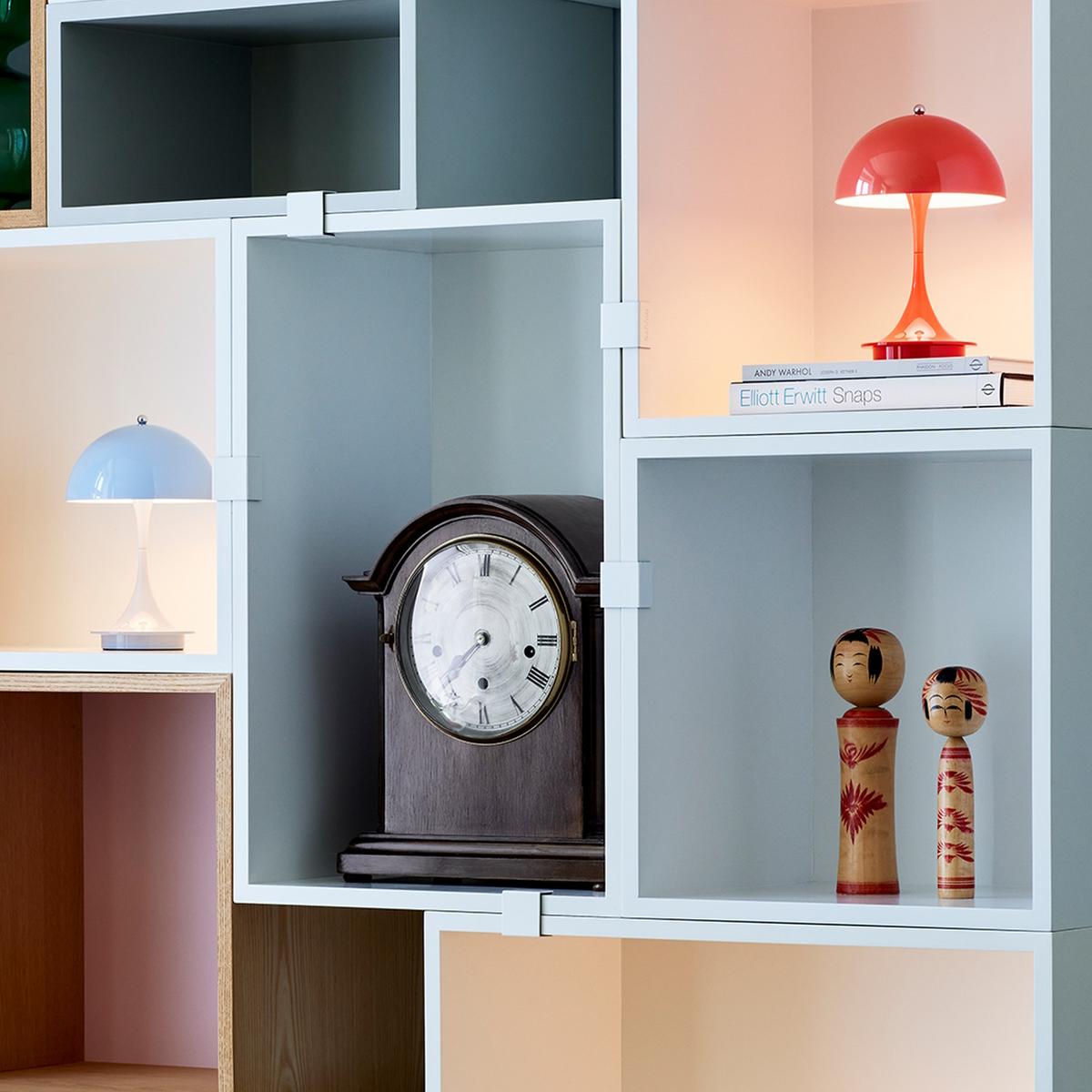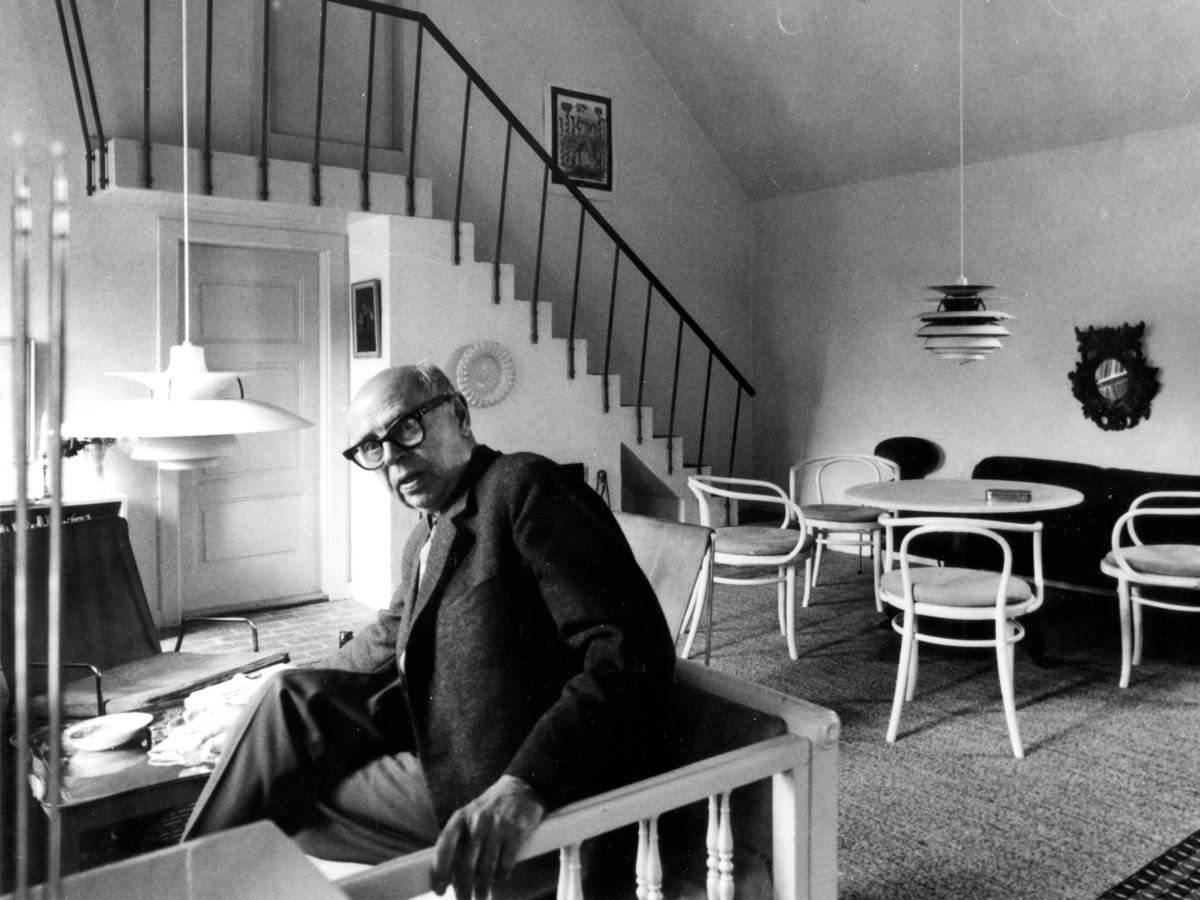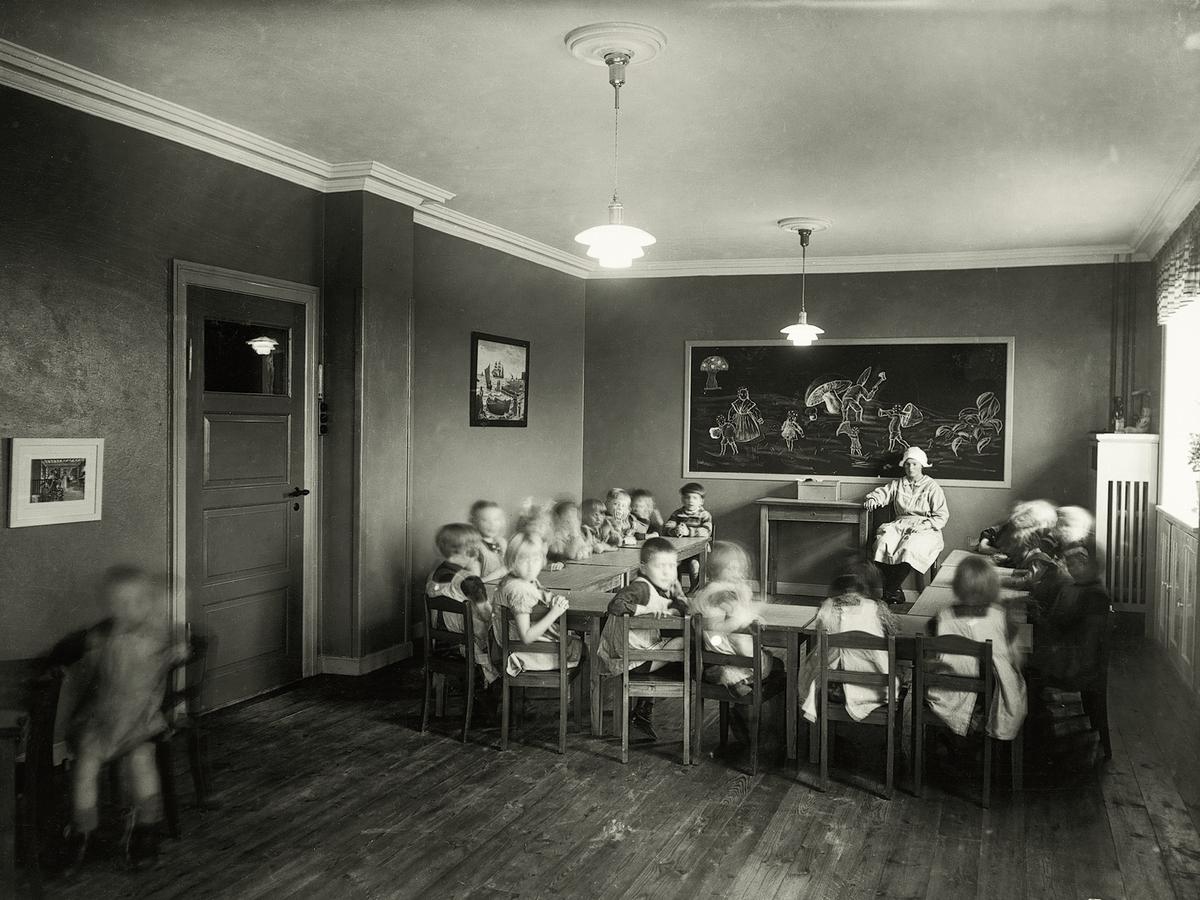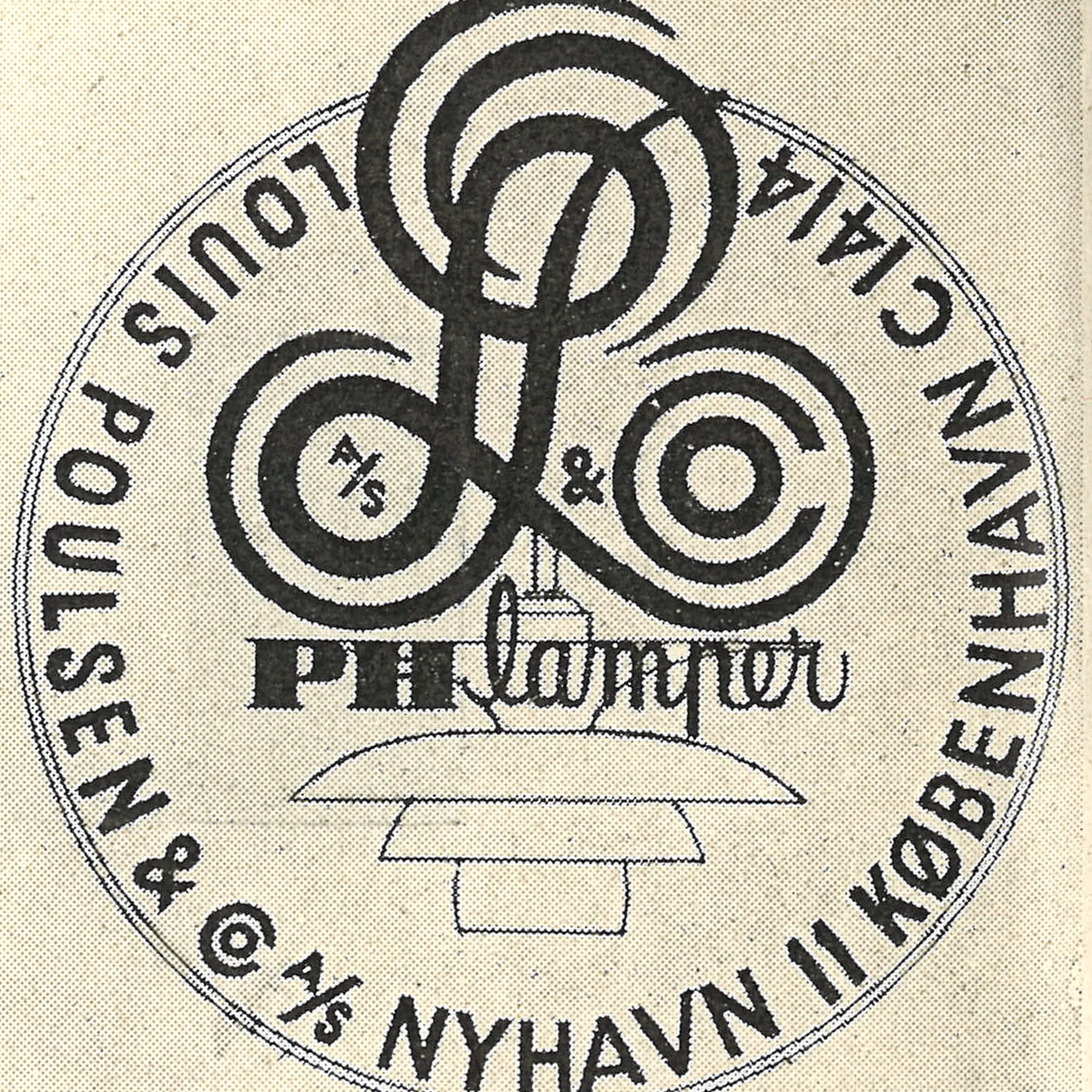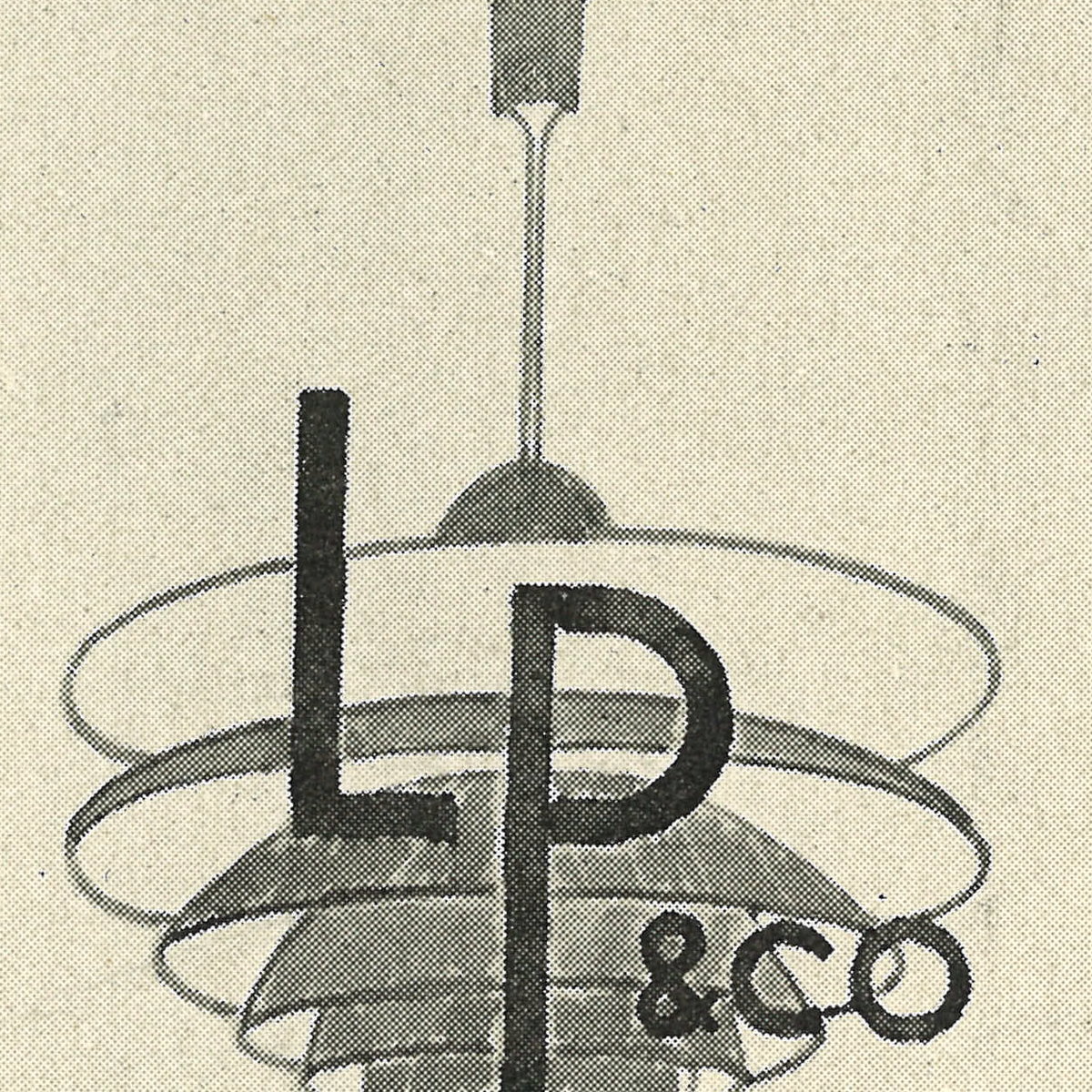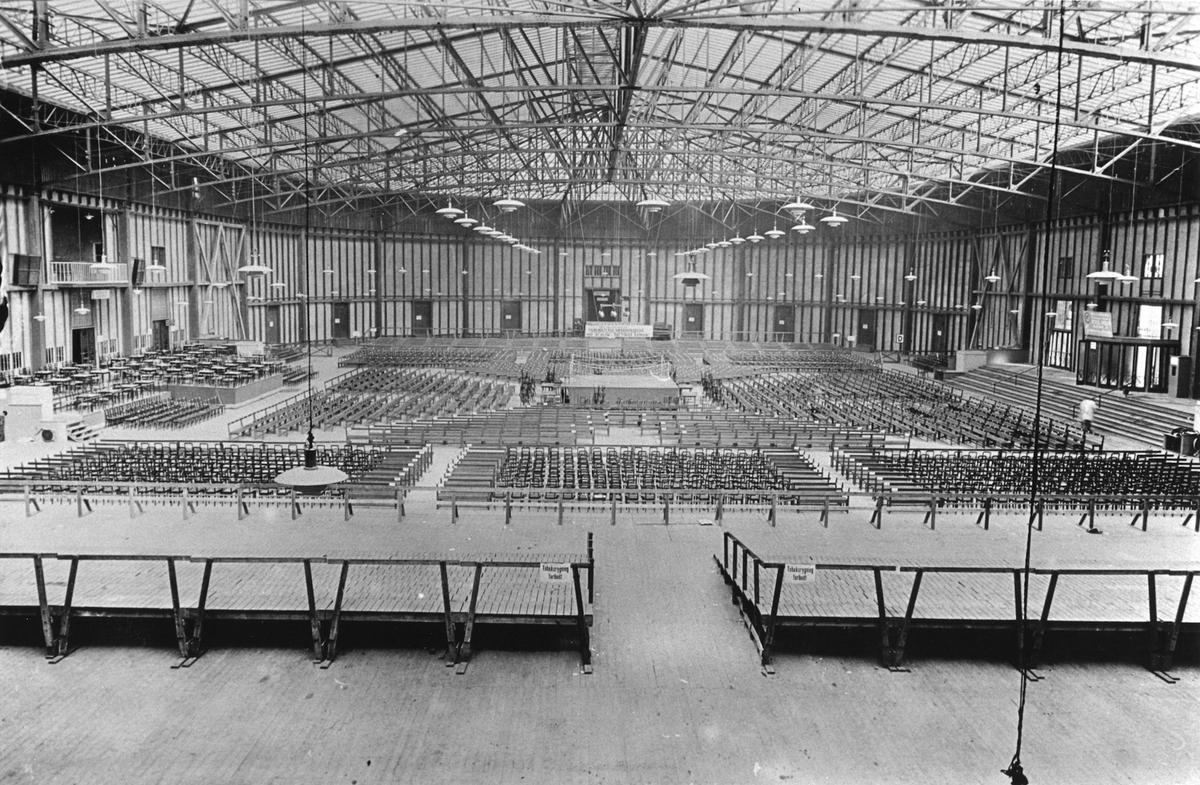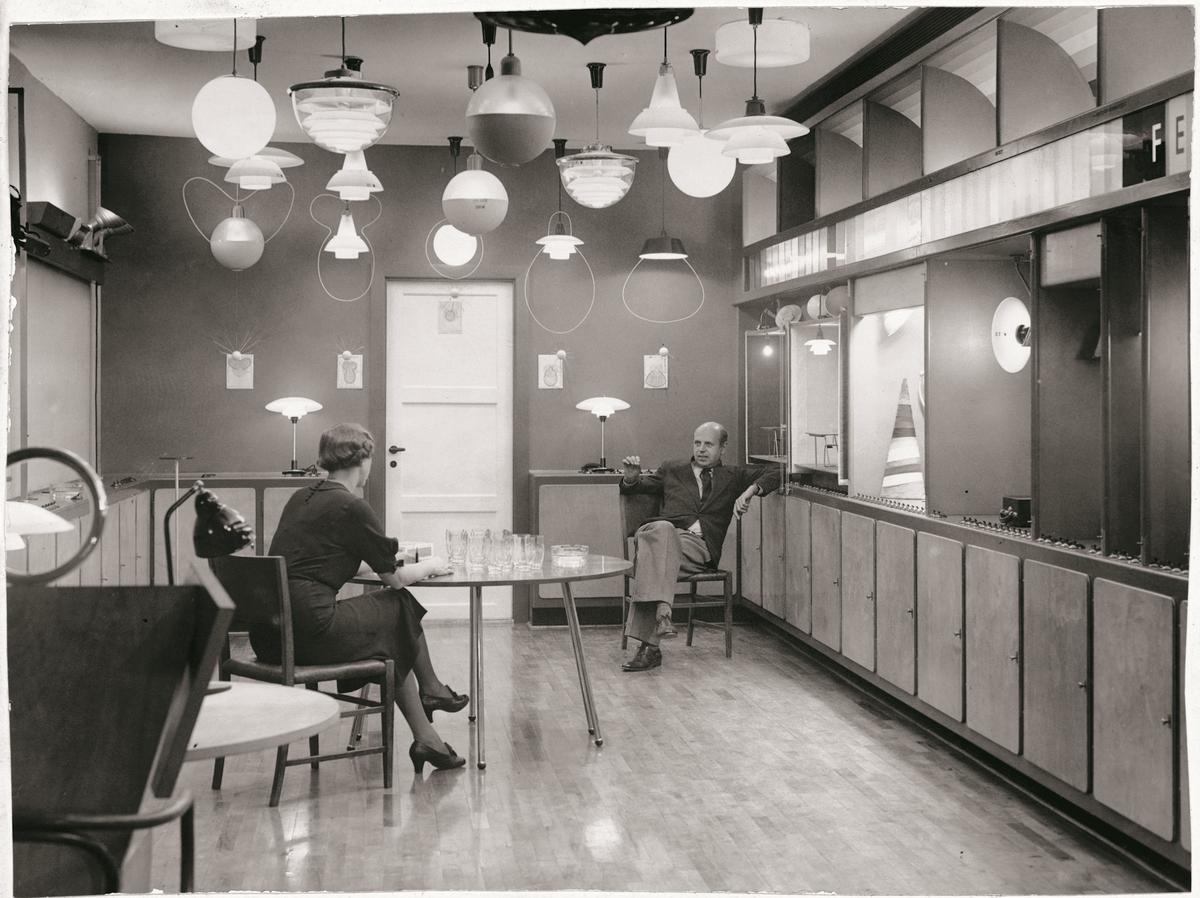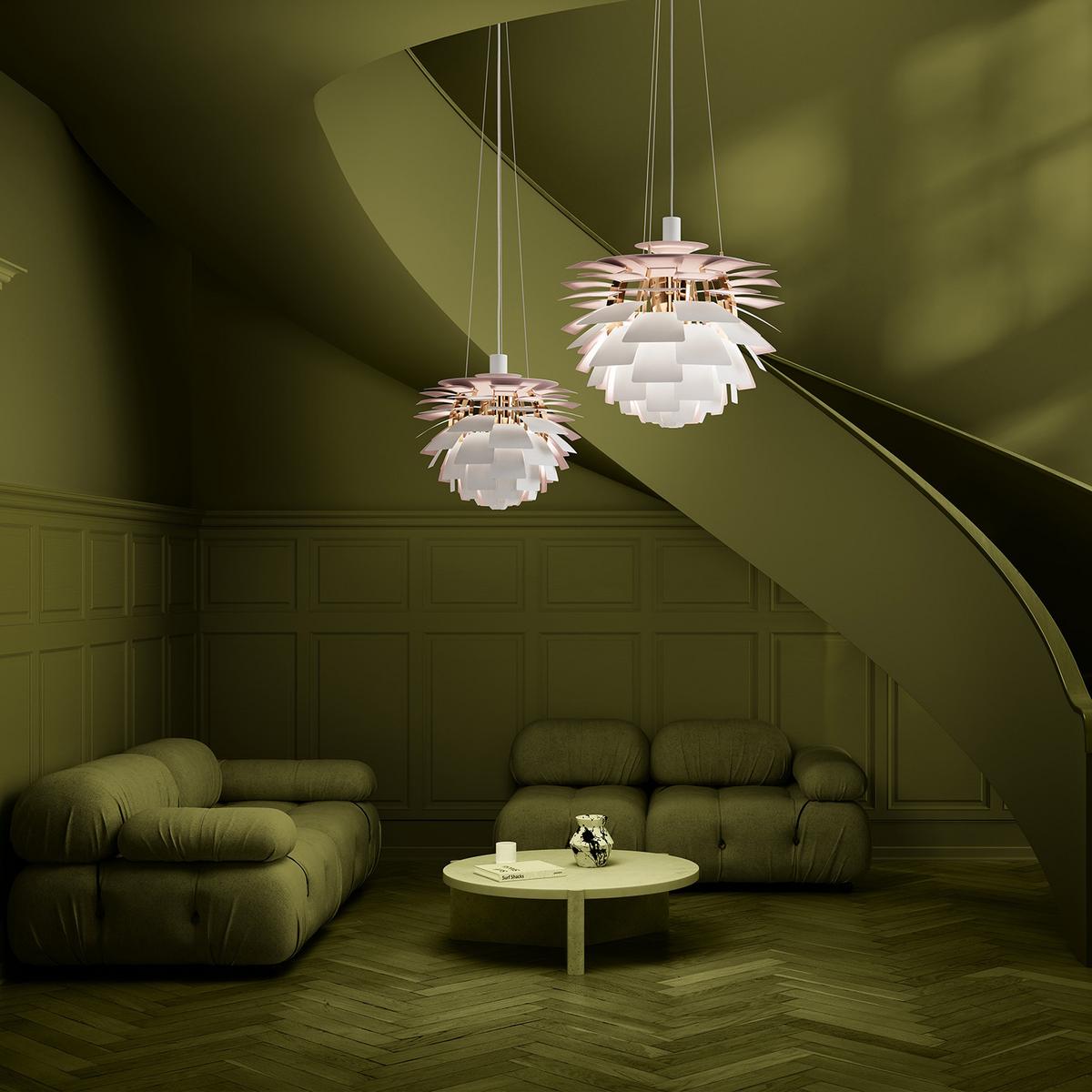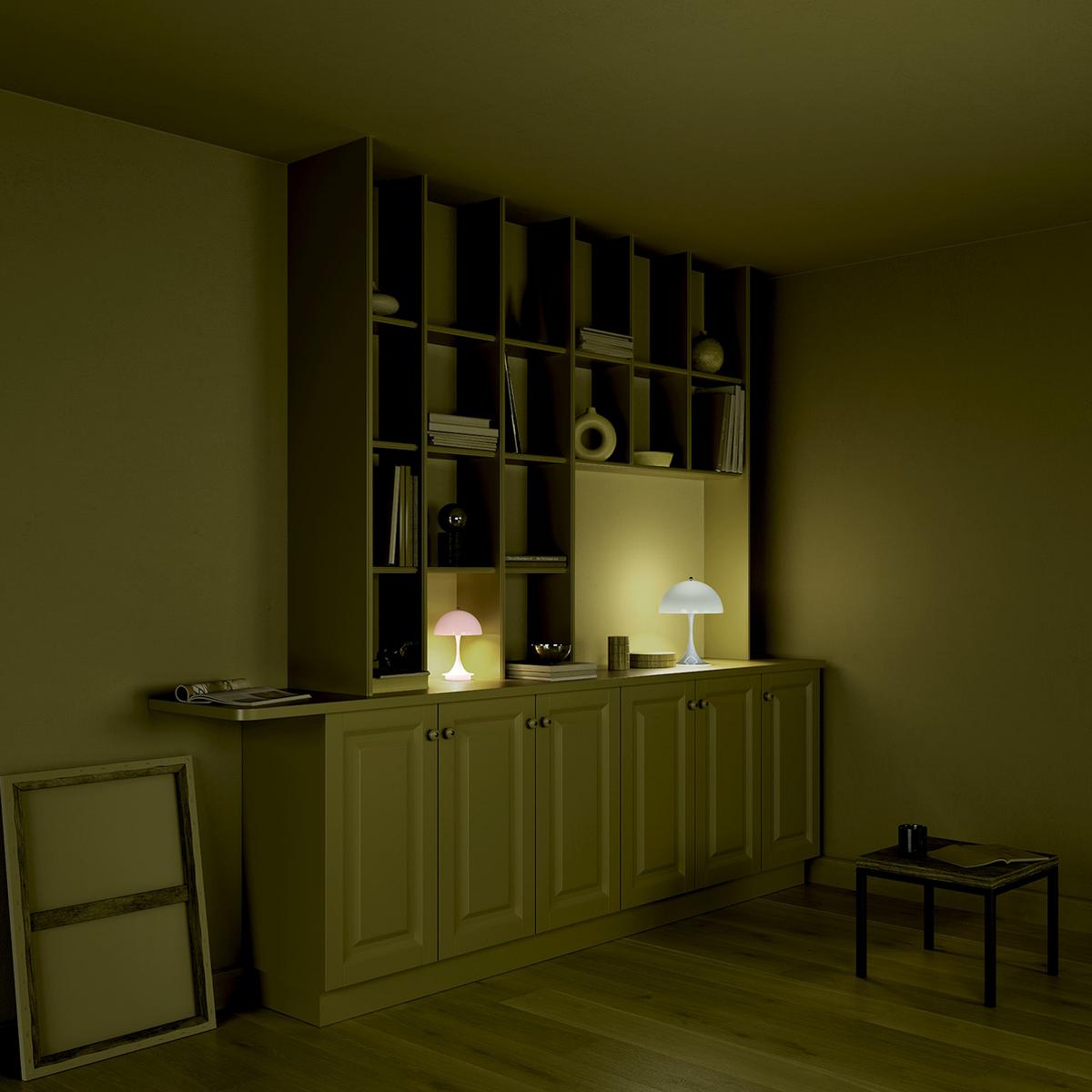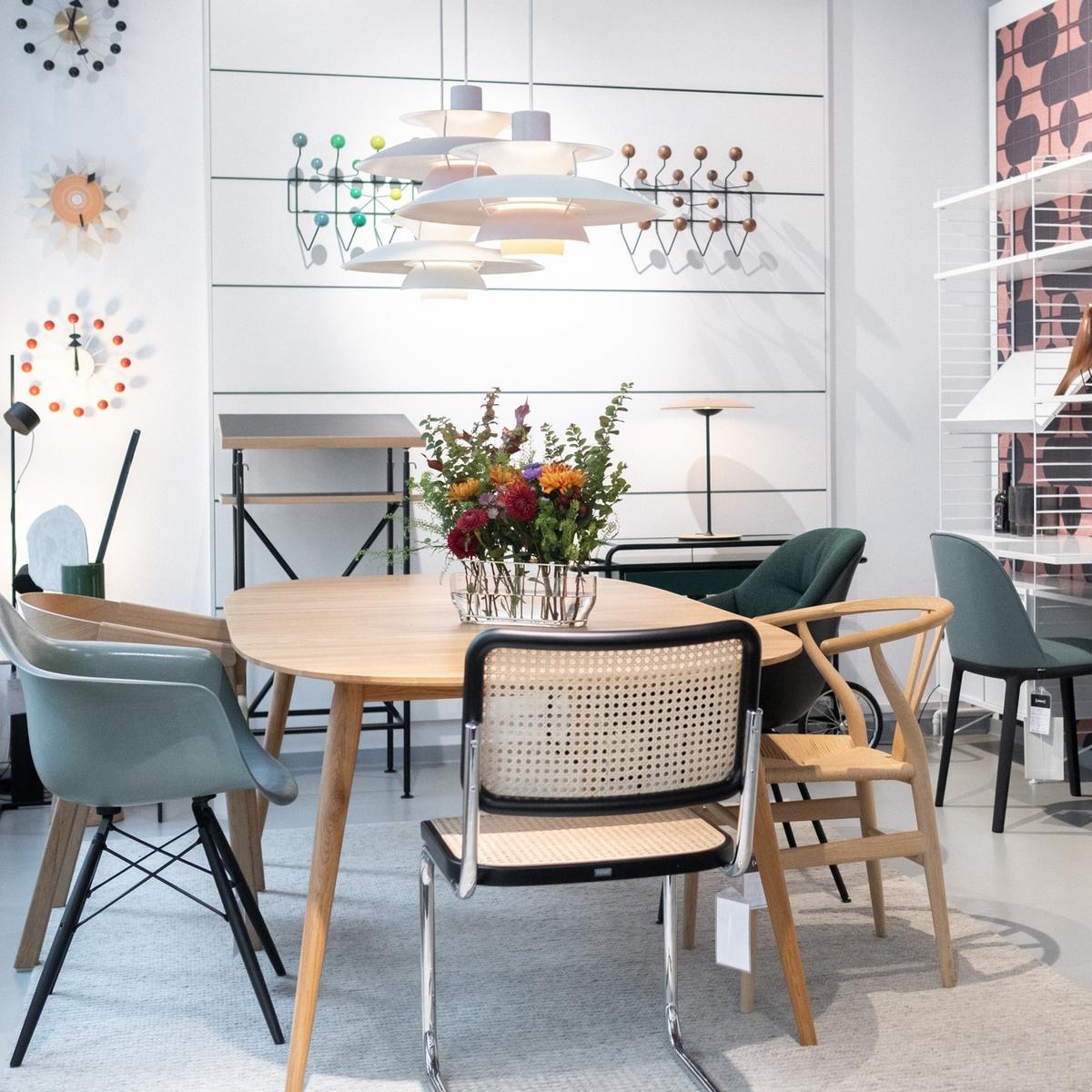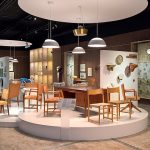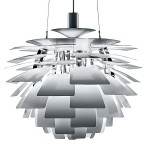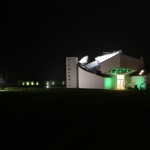Lighting Milestones from the 1970s to the Present
1977 marked a significant milestone for Louis Poulsen when the company was first listed on the Copenhagen Stock Exchange. The product range was expanded for wholesale, and the company began collaborating with the outstanding architect and designer Jens Møller Jensen, who designed the famous Albertslund outdoor lamp. Numerous celebrations followed until the 1990s, including Poul Henningsen's 100th birthday in 1994, accompanied by the publication of a new book on the history of the PH lamp. In 1999, Louis Poulsen celebrated its 125th anniversary with events worldwide and an international design competition for emerging architects.
In 2005, Louis Poulsen began collaborating with Danish-British designer Louise Campbell, who created the well-known Collage lamp. That same year, Louis Poulsen presented the installation "Northern Light," created in collaboration with Peter Bysted Design, at Expo 2005 in Aichi (Japan).
In 2006, Louis Poulsen moved to its new location at 28 Gammel Strand in Copenhagen. The lighting manufacturer also received a host of awards.
In 2010, Louis Poulsen celebrated the 50th anniversary of the opening of the SAS Royal Hotel with the launch of the AJ Royal series, featuring five new colors inspired by the original colors of Arne Jacobsen's Egg and Swan armchairs. The AJ 50 wall lamp for outdoor use was also introduced. That same year, Louis Poulsen received the prestigious AIA Honors for Collaborative Achievement Award from the American Institute of Architects.
Over the course of the decade, Louis Poulsen intensified its collaborations with renowned designers such as nendo, Øivind Slaatto, Clara von Zweigbergk, GamFratesi, and Carsten Fischer/Henning Larsen. In 2016, new showrooms were opened in Lysaker (Norway) and Los Angeles.
In 2020, Louis Poulsen launched new versions of its iconic design classics, including the PH 5 in new monochrome versions and the PH Artichoke in black. Also introduced was the Panthella Portable, a compact, portable version of Verner Panton's popular table lamp. Anne Boysen also designed the sculptural floor lamp Moonsetter for the TV competition "Next Danish Design Classic", which marked the starting point for a further collaboration with Louis Poulsen.
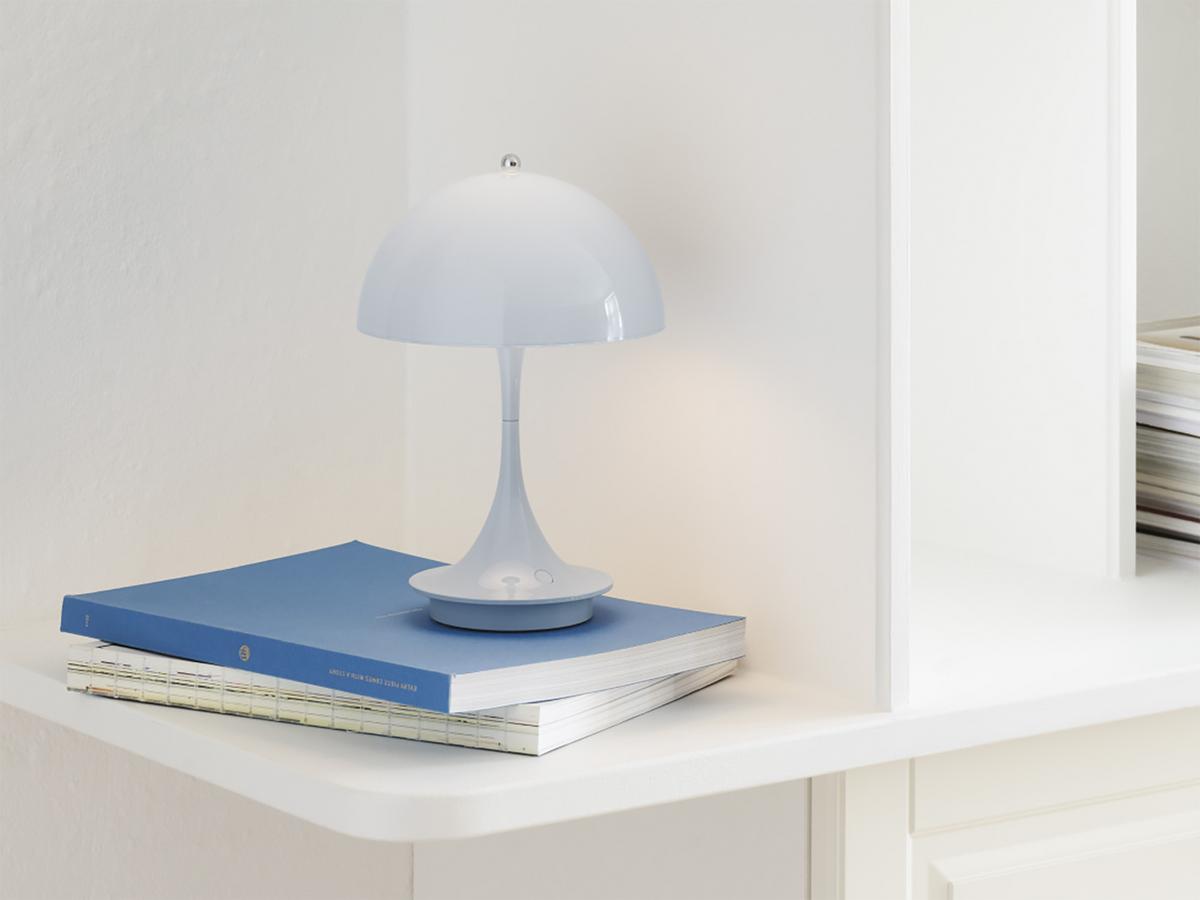
Panthella 160 Portable in the new Opal pale blue version
Louis Poulsen is also known for its efforts towards sustainability and energy efficiency. The company relies on high-quality materials and modern technologies to create environmentally friendly lighting solutions. These efforts are reflected in products that are both aesthetically pleasing and resource-efficient.
Overall, through its commitment to design innovation, quality, and sustainability, Louis Poulsen has made a significant contribution to the world of lighting and continues to be a leading player in the industry.
In 2024, Louis Poulsen will celebrate its 150th anniversary with a unique anniversary collection that not only pays tribute to the company's long tradition but also offers a glimpse into the future of lighting design. By collaborating with leading designers and integrating the latest technologies, Louis Poulsen continues its mission to transform the world through light, even after a century and a half.
Discover the manufacturer's unique special editions celebrating its 150th anniversary here in our shop!


